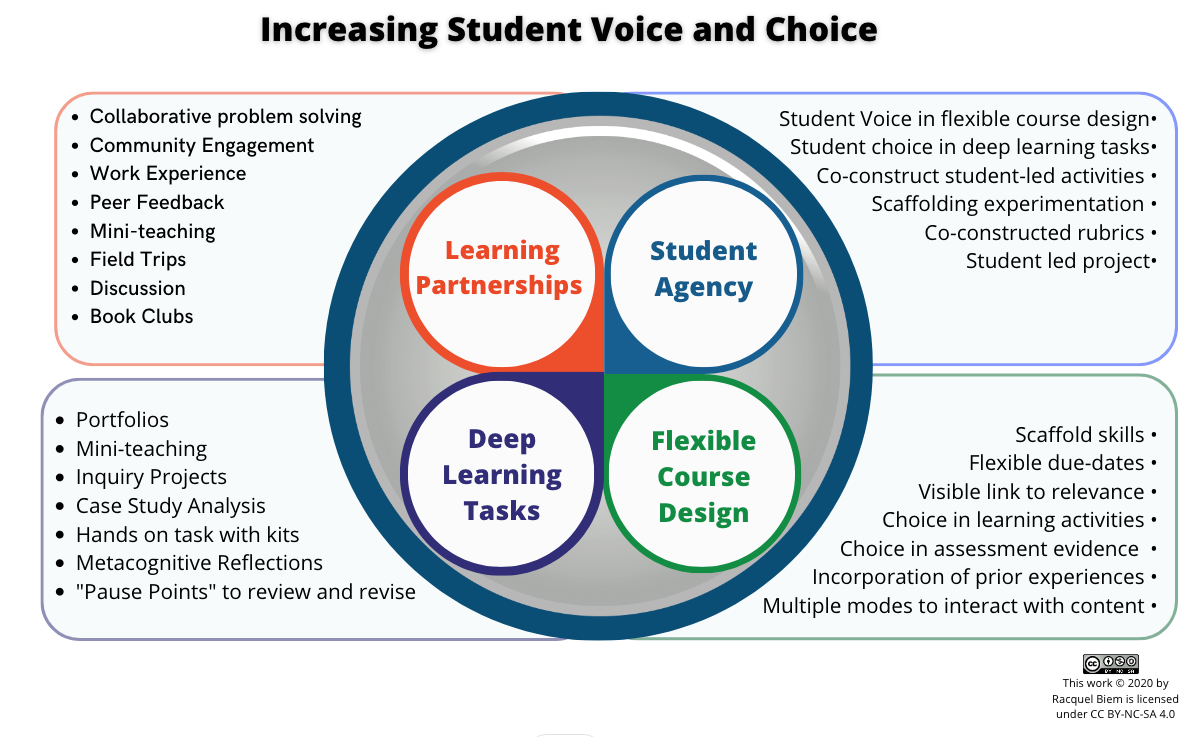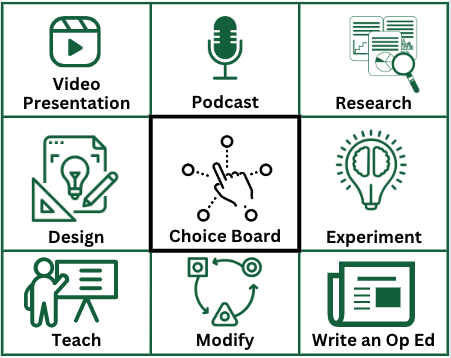SDG 6 Clean Water and Sanitation – Embedding the Sustainable Development Goals in Learning
This blog post is part of a series around the 17 Sustainable Development Goals (SDGs). Each post will dive into one of the goals and how we as educators can strive to embed these into our own courses. It is in the author’s opinion that any course or class can connect with one of the 17 goals or 169 sub-targets. By providing this blog post series, we hope to elicit some ideas of how you might also integrate a global goal into your teaching. Please refer to the USask SDG Teaching & Learning Workbook, review the USask Sustainability in the Curricula website, or scroll down for more information about the SDGs.
![]() SDG 6 aims to ensure availability and sustainable management of water and sanitation for all.
SDG 6 aims to ensure availability and sustainable management of water and sanitation for all.
Improving access to clean drinking water, sanitation and hygienic facilities needs to be addressed for a large portion of our world, including here in Canada. As of November 2020, 41 First Nations communities are not able to get clean water out of their taps[i]. Ongoing access to safe drinking water and adequate sanitation services are some of the most effective ways to prevent disease and improve human health. Identifying water scarcity and water pollution through education and awareness can help fight ignorance or passive positions on the issue.
“No water, no life. No blue, no green.” – Sylvia Earle
This goal not only focuses on human consumption of water, but the quality and sustainability of water resources worldwide. Most wastewater resulting from human activities is discharged into rivers or seas without any treatment, leading to various forms of pollution[ii]. The Masters of Water Security[iii] is a joint initiative between the School of Environment and Sustainability (SENS) and the Global Institute for Water Security (GIWS) which prepares students to work in water protection and development. Past student projects include researching flood events, lake water quality for fish species, soil temperature and moisture retention[iv]. But you don’t have to be a masters’ level program at the top water resources research institute in Canada to embed this SDG into your teaching.
You might also be able to align your teaching to this SDG if you want your students to be able to:
- Describe the causes, effects and consequences of water pollution and water scarcity around the world.
- Evaluate inequities in water distribution and the lack of access to safe drinking water and sanitation facilities.
- Identify socio-economic differences and gender disparities in the access to safe drinking water and sanitation.
- Contribute to water resource management and reduce their water footprint at the local level.
- Develop and test strategies and activities that help reduce and prevent water pollution, ensure water access and implement water saving measures.
You might consider having your students reflect, share, act in some of these ways:
- Explore initiatives and kits developed by the Saskatchewan-based Safe Drinking Water Foundation.
- The World’s Largest Lesson page for Goal 6 has downloadable comics, posters and lesson plans here.
- Clean Water For All is a lesson plan that addresses water pollution through brainstorming, group work and physical demonstrations.
- AMANZI explores water access issues, allowing students to take on the role of families who experience barriers in accessing clean water.
- Learn about water scarcity and water pollution issues in your community and explore how water insecurity, privatization, or pollution are impacting your community. Identify what needs to change and who you can ask to help change that.
- Talk to your students and let them know you care about water. Connect your curriculum to a cause like World Water Day or World Toilet Day .
Some curricular connections and questions for students might be:
| Media
How are water issues reported in the media? What angle do you think is important to focus on? |
Oppression and genocide
How has control over water been used as a tool of oppression? How have people resisted this oppression? |
| Environment
What are the main water sources in your community? What are the biggest challenges to water quality and quantity? What are the biggest threats to our world’s water sources? |
Gender politics
How is access, or lack of access, to water and sanitation a gendered issue? |
| Poverty, wealth and power
How is access to clean water a poverty issue? Locally? Nationally? Internationally? |
Social justice and human rights
How are people around the world exercising their right to water? |
| Indigenous Peoples
What are the challenges for Indigenous People regarding access to safe and clean water? How are individuals and communities taking a stand? |
Health and biotechnology
What technologies have helped ensure access to water? How have these advances helped efforts to get clean water? |
| Peace and conflict
How do people get clean water in times of conflict? What might some barriers be? What environmental impacts to water are caused by conflict? |
WHAT ARE THE SUSTAINABLE DEVELOPMENT GOALS?
The 17 Sustainable Development Goals — also known as the SDGs or the Global Goals —came into effect on January 1, 2016 following an historic United Nations Summit in September 2015. 193 governments from around the world agreed to implement the Goals within their own countries in order to achieve the 2030 Agenda for Sustainable Development. Over the next fifteen years, with these new Goals that universally apply to all, countries will mobilize efforts to end all forms of poverty, fight inequalities and tackle climate change, while ensuring that no one is left behind.
These new, interconnected goals build on the successes of the Millennium Development Goals, or MDGs, while also identifying new priority areas such as climate change, economic inequality, innovation, sustainable consumption, peace and justice, among others.
Although each country faces specific challenges in pursuit of sustainable development, special attention is given to the most vulnerable countries, in particular, African countries, less developed countries, landlocked countries and small island developing states. There are also serious challenges within many middle-income countries.
For each of the 17 goals, there is a list of specific targets we aim to reach. The targets discussed in this guide have been summarized for ease of reading. For a more detailed list of all the 169 targets, visit GlobalGoals.org.
This content has been adapted from the original by the Gwenna Moss Centre for Teaching and Learning and the University of Saskatchewan from the Manitoba Council for International Cooperation. Users are free to download, copy, print and share this resource as needed, and adapt for their classroom or non-commercial use. If you adapt or build on this work, please let MCIC or USask know! gmctl@usask.ca
Sustainable Foundations: A Guide for Teaching the Sustainable Development Goals by the Manitoba Council for International Cooperation is licensed under CC BY-NC-SA 4.0. To view a copy of this license, visit https://creativecommons.org/licenses/by-nc-sa/4.0
Original document http://mcic.ca/uploads/public/files-sf/SF-Full-FINAL-WEB-ISBN-2021-EN.pdf
Endnotes
[i] https://www.cbc.ca/news/politics/auditor-general-reports-2021-1.5927572
[ii] https://www.un.org/sustainabledevelopment/wp-content/uploads/2016/08/6_Why-it-Matters_Sanitation_2p.pdf
[iii] https://water.usask.ca/mws/index.php
[iv] https://amireson.github.io/mws/projects.html


